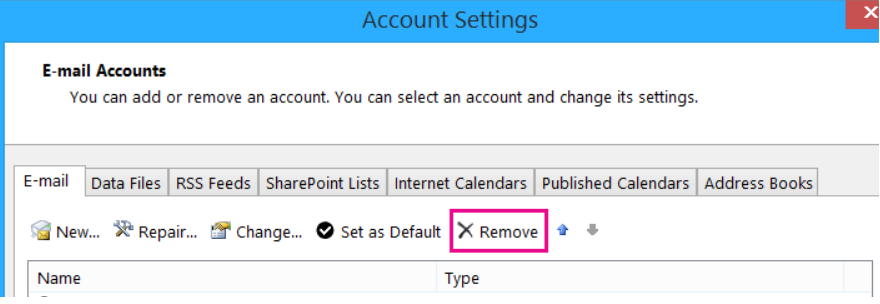This article explains how to unlink Outlook from Gmail, helping you regain control of your email accounts. Discover the steps to stop syncing Outlook with Gmail and manage your emails separately. Follow our easy guide for a smooth and hassle-free disconnection process.


There are several compelling reasons why you might want to disconnect your Outlook account from Gmail:
Privacy and Security: Keeping accounts separate enhances privacy by reducing the risk of unauthorized access. If either account is compromised, the breach won’t automatically affect the other.
Reduce Clutter: Having multiple accounts linked can lead to an overflow of emails in one inbox. Unlinking helps manage emails more efficiently by keeping personal and professional accounts separate.
Troubleshoot Syncing Issues: Syncing Outlook with Gmail can sometimes cause errors, delays, or duplicate emails. Unlinking can help troubleshoot and resolve these issues effectively.
Prevent Unwanted Changes: Some changes made in one account (like contact deletions) can impact the linked account. Unlinking prevents these unintended alterations, preserving your data's integrity.
Improve Outlook Performance: Removing Gmail from Outlook can lighten the load on the application, leading to faster performance and a more streamlined email experience.
To disconnect your Outlook account from Gmail, follow these steps:

If you encounter any issues while disconnecting your Outlook account from Gmail, here are some common problems and potential solutions:
If you receive error messages when attempting to unlink the accounts, there are a few things you can try:
If you're unable to delete the linked account from Outlook, try the following steps:
If you're still experiencing synchronization problems even after unlinking the account, consider these solutions:
Q: Will disconnecting my Outlook account from Gmail delete my emails?
A: No, disconnecting your Outlook account from Gmail will not delete your emails. Your emails will still be accessible from the Outlook web interface or other devices.
Q: Can I relink my Outlook account to Gmail after disconnecting it?
A: Yes, you can relink your Outlook account to Gmail at any time.
Q: Will disconnecting my Outlook account from Gmail affect my other Microsoft services?
A: No, disconnecting your Outlook account from Gmail will not affect your other Microsoft services, such as OneDrive or Microsoft Teams.
Q: What should I do if I'm having trouble disconnecting my Outlook account from Gmail?
A: If you're experiencing issues disconnecting your Outlook account from Gmail, try restarting Outlook or your computer. You can also contact Outlook support for assistance.
This article addresses the question “how to unlink outlook from Gmail”. If you’re considering backing up your Gmail, MultCloud can be extremely useful. Trusted by over 3 million users, MultCloud is a multi-cloud management tool that facilitates the transfer or synchronization of files between various cloud services.
For instance, you can save your Gmail emails as PDFs to your computer or cloud drives, such as Google Drive, OneDrive, or Dropbox, in bulk. MultCloud also enables you to access and manage all your cloud or Email accounts via a single application. Currently, it supports more than 30 different cloud services, including Google Drive, OneDrive, Dropbox, Box, Google Photos, iCloud Photos, FTP, WebDav, and more.